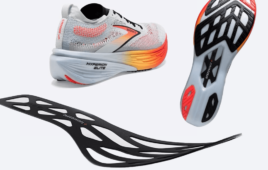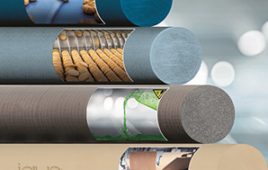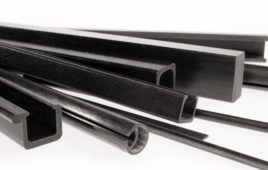Experiments suggest a new light-emitting 2D material developed by scientists in Germany is ideal for data encryption.
The 2D material is a type of monolayer known as a transition metal dichalcogenide, or TMDC. Researchers at Julius Maximilian University of Würzburg, JMU, created a TMDC that emits pairs of photons when supplied with energy.
The photons can carry data across un-hackable communication channels.
Monolayers are thin films of material, sometimes just an atom thick. Graphene is perhaps one of the most famous 2D materials. Crystal monolayers can consist of three or more layers. TMDCs are a type of crystal monolayer.
Researchers at JMU created a uniquely thin TMDC monolayer by continually peeling away layers of material from a crystal film using sticky tape. They peeled away material until the crstyal film was a single layer thick.
Scientists then cooled the TMDC to temperatures approaching absolute zero and excited the single crystal layer with a laser. The material emitted photons.
“We were now able to show that a specific type of excitement produces not one but exactly two photons,” Christian Schneider, a physicist at JMU, explained in a news release. “The light particles are generated in pairs, so to speak.”
The generated pairs are ideally suited to carry and safeguard encrypted data.
In a follow-up experiment, researchers placed the crystal film between two mirrors and again excited it with a laser. The emitted photons bounced back toward the TMDC planet, exciting the crystal’s atoms and eliciting more photons.
“We call this process strong coupling,” Schneider explains. “Light and matter hybridize, forming new quasi particles in the process: exciton polaritons.”
It’s the first time polaritons have been measured at room temperature in a monolayer.
The coupled photons are similar to laser light, only produced in a different way. The mirror-TMDC sandwich could serve as a new energy-efficient light source, as well as inspire new technologies and scientific inquiries.
Filed Under: Materials • advanced




